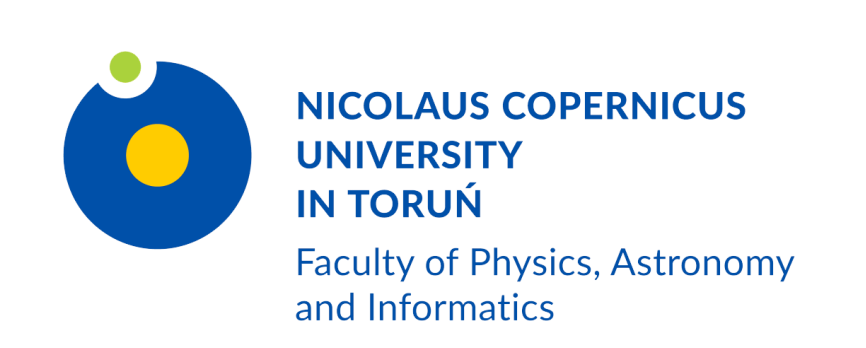![obrazek: [fot. Andrzej Romański] Zdjęcie ilustracyjne](http://www.umk.pl/wiadomosci/serwisy_wp/zdjecia/15995/srednie.jpg)
Professor Andrzej Kossakowski from the Faculty of Physics, Astronomy and Informatics at the Nicolaus Copernicus University has won the Foundation for Polish Science Award, recognized as the most important scientific distinction in the country.
The FPS Awards, called Polish Nobel Prizes, have been awarded since 1992 for special scientific achievements and discoveries that push the boundaries of cognition and open new cognitive perspectives, make an outstanding contribution to the civilization and cultural progress of our country and provide Poland with a significant place in undertaking the most ambitious challenges of the modern world.
Professor Andrzej Kossakowski received an award in the field of mathematical, physical and engineering sciences for developing the theory of open quantum systems. This theory forms the basis of the rapidly growing scientific field - quantum information theory.
In addition to the scholar from the Nicolaus Copernicus University, this year's winners of the PSA Award were Prof. Marcin Drąg from the Chemical Faculty of the Wrocław University of Technology and Prof. Andrzej Wiśniewski from the Faculty of Psychology and Cognitive Science at the University of Adam Mickiewicz in Poznań.
The award ceremony will take place on December 4 at the Royal Castle in Warsaw.
Andrzej Kossakowski was born in February 1938 in Lviv. From the beginning, he associated his scientific path with the Nicolaus Copernicus University in Toruń, where he studied physics in the years 1955-1960, defended his doctoral thesis in 1966, and habilitated in 1972. In 1979 he received the title of associate professor. Professor Andrzej Kossakowski lectured at many foreign universities, among others: in Stuttgart, Milan, Austin in Texas, Essen, Leuven, Santiago de Chile, Naples and Tokyo. He is one of the founders of the Toruń school of mathematical physics and quantum theory of open systems. This theory, together with quantum information theory, were the main areas of research conducted at the Department of Mathematical Physics of the Institute of Physics at the Nicolaus Copernicus University. Prof. Andrzej Kossakowski's scientific achievements also includes the theory of lasers, positive mapping theory and a series of works on quantum entanglement. His articles have been published in such magazines as Physics Letters, Communications in Mathematical Physics, Physics Letters A, and Physical Review A. The works of Prof. Andrzej Kossakowski are very famous and has often been cited. Theory of quantum open systems, for which Prof. Kossakowski received the FNP Award, it is the basic tool for analyzing the properties of quantum systems that are not isolated, but interact with the external environment. Various types of basic equations are used to analyze the dynamics of quantum open systems. Professor Andrzej Kossakowski is a co-creator of one such equation, known today as the GKS-L equation, which has entered the canon of theoretical physics. Prof. Andrzej Kossakowski described the first results regarding the structure of this equation in his articles published in 1972. These concepts were then developed in publications that appeared almost simultaneously in 1976: the first - by Vittoria Gorini, Andrzej Kossakowski and George Sudarshan, appeared in Journal of Mathematical Physics, and the other one - by Göran Lindblad - in Communications in Mathematical Physics. The GKS-L equation allows for the modelling of processes that play an important role in quantum communication, cryptography and quantum data processing, such as decoherence and dissipation. Developed by Professor Kossakowski in the 1970s, the theory of open systems is the basis of the currently intensively developing field of science - quantum information theory.

 Grudziądzka 5, 87-100 Toruń
Grudziądzka 5, 87-100 Toruń